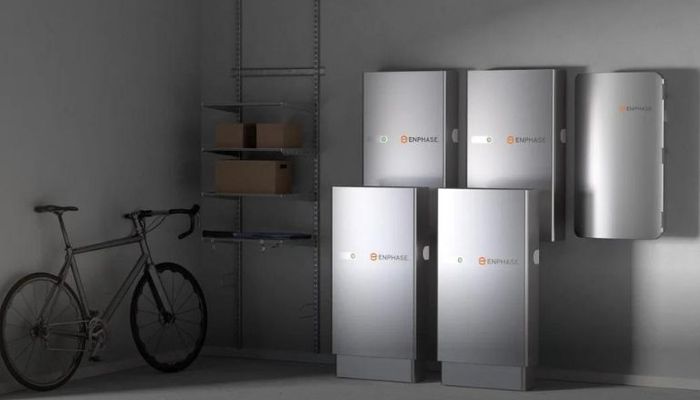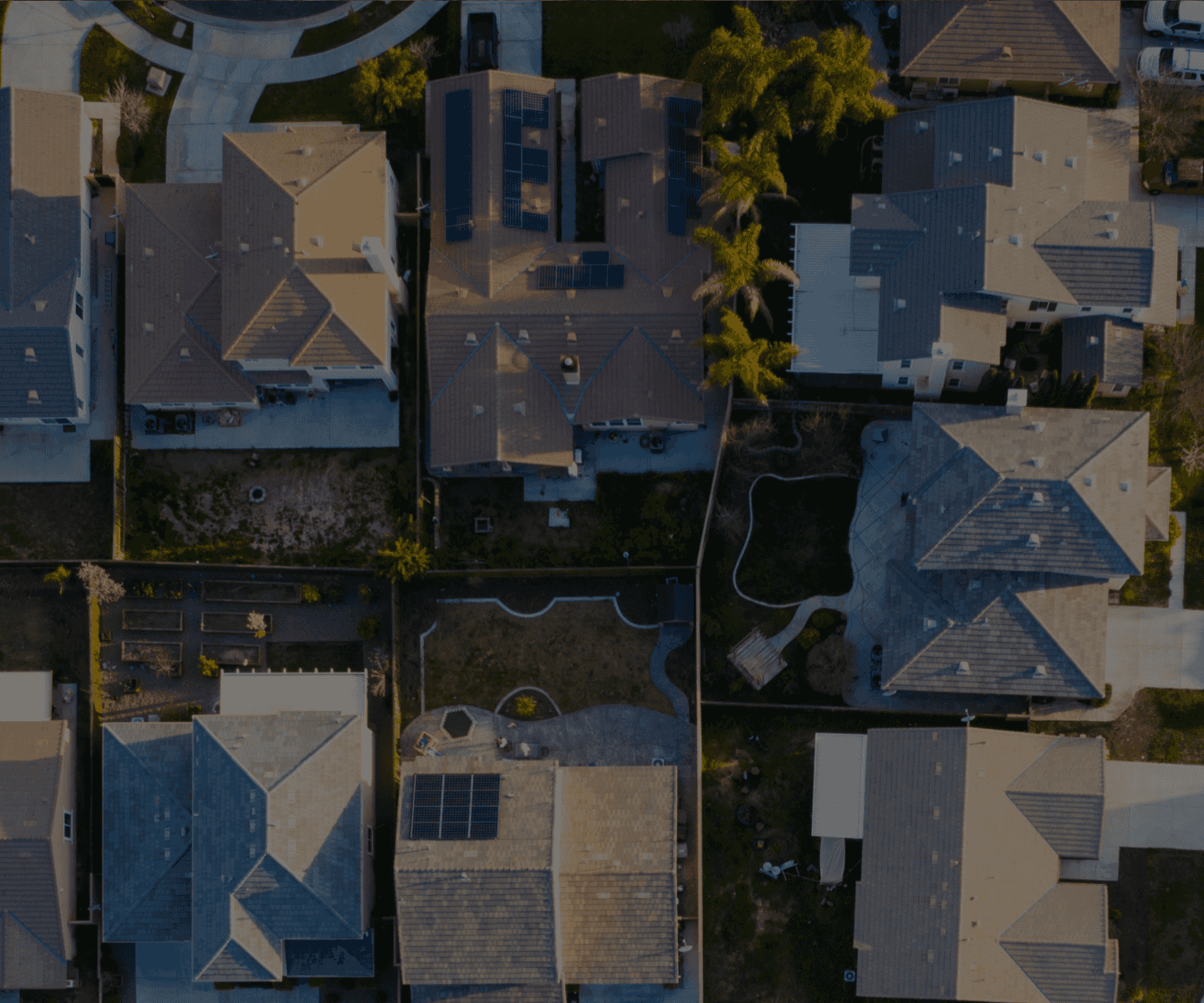Solar Panel Efficiency Explained

Solar panel technology continues to grow in popularity as it leads the world in renewable energy. If you’ve ever wondered, “What is the efficiency of solar panels, and how can I increase it?” you’ve come to the right place.
Today we’ll answer three often-asked questions about solar panels:
- What is the efficiency of solar panels?
- How do I calculate solar panel efficiency?
- What factors determine solar panel efficiency?
Read more: The 10 Most Efficient Solar Panels on the Market
What is Solar Panel Efficiency?
Solar panel efficiency measures a solar panel’s ability to convert sunlight into usable electricity. For example, a solar panel with 18% efficiency can convert 18% of the sun’s energy into electricity. Standard Test Conditions, or STCs, evaluate solar panels under average conditions.
Solar panel efficiency typically ranges between 17% and 20%. However, with many advancements in photovoltaic technology – the process of converting light (photons) to electricity (voltage) – solar efficiency has increased to over 20%. An efficient solar panel can generate more electricity while occupying less space.
How To Calculate Solar Panel Efficiency
Why should you concern yourself with how to calculate solar panel efficiency? Higher efficiency panels provide higher energy density, which could help you save on material and installation costs by installing fewer panels to meet your needs.
Solar panel manufacturers usually supply efficiency ratings with their specifications. However, these ratings are measured under the ideal conditions established by STCs. Therefore, a manual calculation will be more accurate to discover panel efficiency at your property location.
To calculate the efficiency of your panels, divide the peak power wattage by the panel’s surface area in square meters. Next, divide that number by the STC irradiance value (1000 watts per square meter), then multiply by 100 to get the efficiency percentage.
For example:
(Pmax ÷ Area) ÷ (1000) x 100%
Pmax = Solar panel peak power (in watts)
Area = Length times width of the solar panel (in square meters)
Irradiance value = 1000
What Factors Determine Solar Panel Efficiency
While STCs provide a general estimate of a panel’s efficiency potential, a wide range of factors can affect the efficiency of any solar system. So let’s dive in and take a closer look at these factors.
Sun Exposure vs. Shade
Solar panels need direct sunlight to produce optimal energy. Shading can reduce solar panel efficiency by half or more. Trees are a common source of shade, so taking steps to trim branches regularly helps. Chimneys and dormers can also create shade, depending on the time of day and the sun’s angle.
Clouds are another source of shade, allowing in less sunlight. Although shaded solar panels still produce energy, they’re doing so less efficiently. Consider solar panel efficiency calculations when determining how to reduce or eliminate shade. Additionally, solar installers will guide you on the best placement to harvest the optimal amount of sunlight.
Weather and Climate
Solar panels work best in certain temperatures and weather conditions. You would think that higher temperatures result in better efficiency, but that is not the case. In fact, higher temps can damage and reduce the performance of your solar panel system.
Cold temperatures, including snow, can improve the system as long as the snow isn’t blocking the panels. Snow is bright and has a high irradiance, which increases sunlight to the system.
Rain has no negative impact on solar panel efficiency. Photovoltaic (PV) panels will continue to produce between 10% and 25% of their optimal capacity when it’s rainy and cloudy. Rain is also beneficial because it helps to wash away dirt, debris and pollen.
Roof Angle and Orientation
The ideal roof placement for solar panels is south facing for maximum sunlight and performance. Based on an analysis of your roof or land, you can then determine where and how to place the panels for optimum efficiency.
You should place roof panels at angles between 30 to 40 degrees. On flat roofs, brackets can prop panels at the ideal angle. In rare cases, roofs have been redesigned so the system will operate at peak levels, as solar is a long-term investment with high returns.
Solar Panel Type
There are two main types of solar panels: monocrystalline and polycrystalline. There are also solar panels with half-cut solar cells.
Polycrystalline and Monocrystalline
Polycrystalline panels consist of several silicon crystals in a single blue-hued PV cell. They have a lower efficiency rate than monocrystalline, requiring more panels for the same output.
Polycrystalline panels cost less as the manufacturing process is simpler; however, they don’t tolerate high temperatures well, which reduces their productivity on hot days.
Monocrystalline silicon solar cells are more efficient as they are cut from a single silicon source. Most solar panels are monocrystalline, as they have a high efficiency rate (upwards of 23%), perform well in low-light conditions and require the least amount of space.
Half-Cut Solar Cells
Half-cut solar cells are one of the latest developments in solar technology. Traditional solar cells are split in half by a laser cutter, boosting performance and preventing energy loss.
As electrical currents move through wires and cells, some energy is lost (known as a resistive loss). A half-cut cell reduces resistive loss, thereby improving energy output. Half-cut solar cells are also more efficient in the shade.
Panel and Roof Material
Roofing material and color affect the performance and efficiency of solar energy systems. For example, materials like iron have a higher irradiance than tile, while asphalt shingles work well with solar panels.
Lighter colors like tan or light brown reflect sunlight more efficiently, while darker colors increase temperatures, reducing the panels' performance.
Panel Age
Solar panels have a pretty long lifespan. With proper care and maintenance, panels can last from 25 to 40 years under warranty; however, they will slightly deteriorate and lose efficiency over time.
Dirt and Debris
As solar panels become dirty from dust, trees, bird droppings and other debris, their efficiency is negatively affected. Solar efficiency can drop as much as 25% in heavily polluted environments. Therefore, regularly cleaning your panels is the best way to maximize energy production.
Learn More From the Experts at GoGreenSolar
Now that you have a better understanding of solar panel efficiency, it’s time move forward with your solar journey. GoGreenSolar is a leading retailer in DIY systems, and our team is happy to help with any questions you have about solar panels or solar installation.
Contact GoGreenSolar today or take our System Design Quiz to get customized recommendations for your energy needs.






